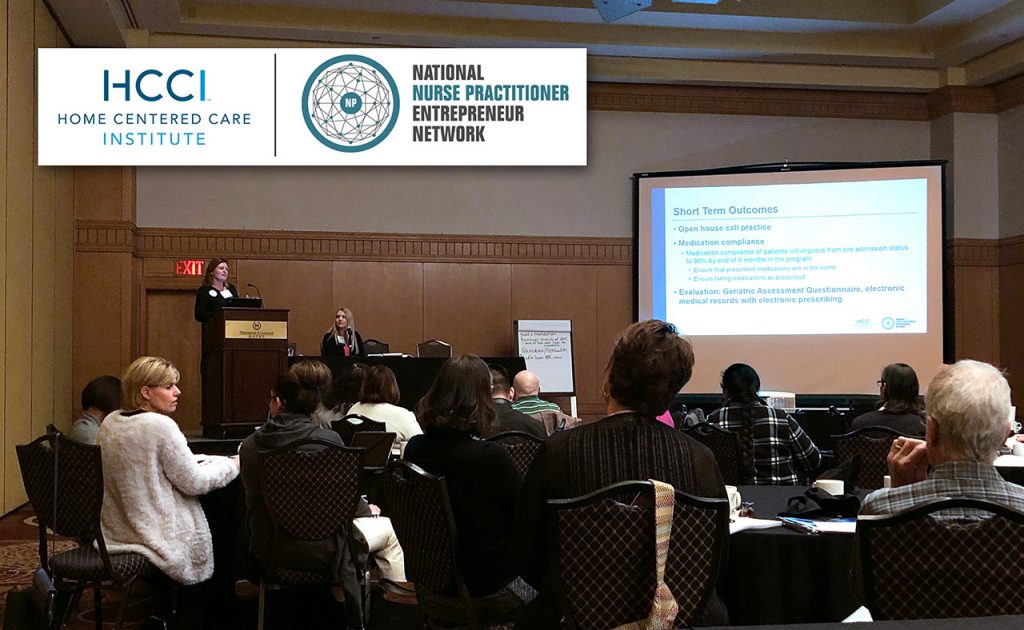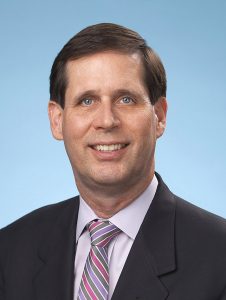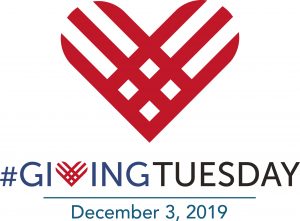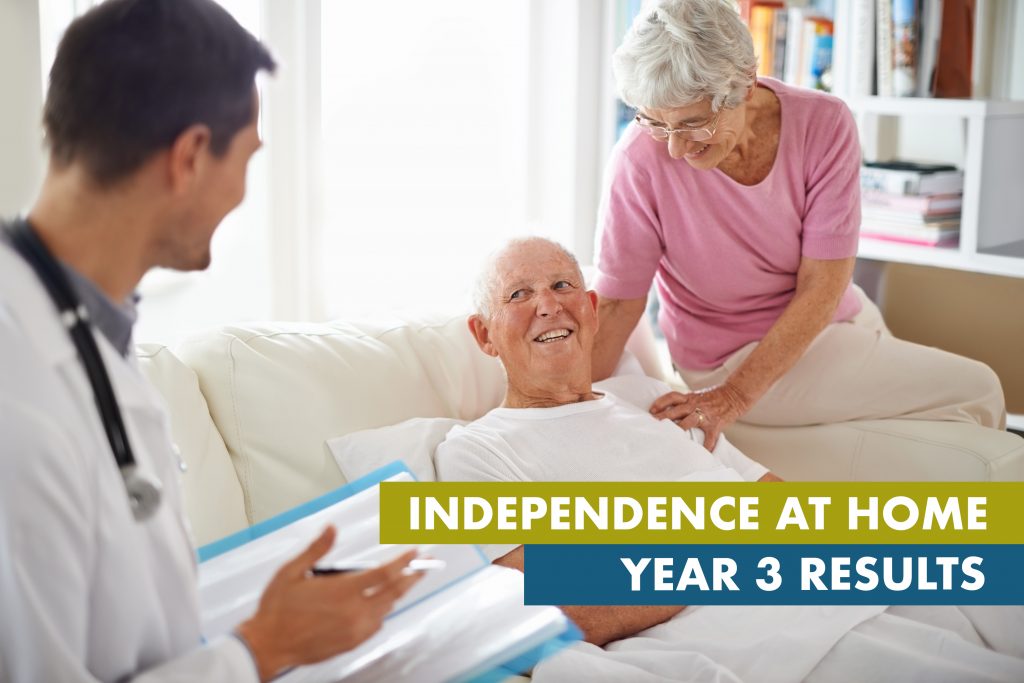As providers and practices continue to determine the best way to safely care for their patients while navigating the ever-changing regulatory requirements related to COVID-19, HCCI is committed to continuing to provide accurate, clarifying and timely information.
“Medicare telehealth services” refer to a certain list of services that would normally be provided in-person, but due to the Public Health Emergency, are temporarily being allowed by Medicare in all locations when they are furnished using two-way audio and video technology that permits real-time communication between the provider and the patient who are in different locations.
Medicare has also previously allowed these services in geographic areas that were rural or designated as a Healthcare Professional Shortage Area (HPSA), subject to distant and originating site requirements (temporarily waived).
As a result of the interim final rule published on 3/26/20, for visits conducted via telehealth, for Medicare’s purposes, providers should report the Place of Service (POS) where the patient would have been seen face-to-face (to allow for non-facility rate payment) and use modifier 95 to identify it as a telehealth service. Telehealth services no longer require POS 02.
The following are not considered Medicare telehealth services because they would not normally be provided face-to-face. Instead, providers should report the POS where the service was rendered, with no modifier required.
- Telephone Evaluation & Management (E/M) Services: CPT code range 99441-99443 and CPT code range 98966-98968
- Virtual Check-in (phone call): HCPCS code G2012
- Review of recorded video and/or photo or image: HCPCS code G2010
- E-visits (patient portal communications over a 7-day period): CPT code range 99421-99423 and HCPCS code range G2061-G2063
- Remote Patient Monitoring: CPT codes 99453-99454, 99091, 99473-99474, 99457, 99458
Other Modifiers
- CS Modifier: Physician and practitioner services that lead toeither an order for, or administration of, a COVID-19 lab test are not subject to a co-pay or deductible charges. The CS Modifier is added to the physician/practitioner service to define this circumstance and allow the claim to process without co-pay or deductible application.
- CR Modifier: Catastrophe/disaster-related; required when an item or service is impacted by an emergency or disaster and Medicare payment for that item or service is conditioned on the presence of a “formal waiver.” Please note telehealth services are excluded from CR modifier use, so do not report for telehealth services. Be sure to follow the guidance provided by your local Medicare Administrator Contractors (MAC) as a recent NGS article advised to use CR for telephone E/M services.
Additional Key Updates
- New COVID-19 Clinical Trial Improvement Activity for the Quality Payment Program (QPP)
- CMS Healthcare Providers Opening up America Again Recommendations
- New 2021 CMS Hospice Payment Rates Proposed Rule, which would increase hospice payments by 2.6% for FY 2021
- New CMS Nursing Home COVID-19 Transparency Effort
Previous HCCI Home-Based Primary Care-Specific Updates
- Additional Key Information and Flexibilities in the CMS Interim Final Rule
- KEY UPDATE COVID-19 HCCI Update Week of March 30th (04/01/30)
- COVID-19 Telehealth Billing Requirements(03/24/10, please refer to March 30th article)
- Providing Telephonic and Virtual Care Requirements as part of COVID-19 Precautions(03/17/20)
- COVID-19 Preparedness and Screening Questions for HBPC Practices and Providers(03/13/20)
Disclaimer: This information is current as of 4/24/2020. COVID-19 guidelines are changing daily. Please note for the purposes of the Home-Based Primary Care (HBPC) population: The Home Centered Care Institute (HCCI) focuses our content on CMS guidelines relevant for traditional Medicare billing. It’s always recommended to check with local MACs for specific guidance for your geographic region.










